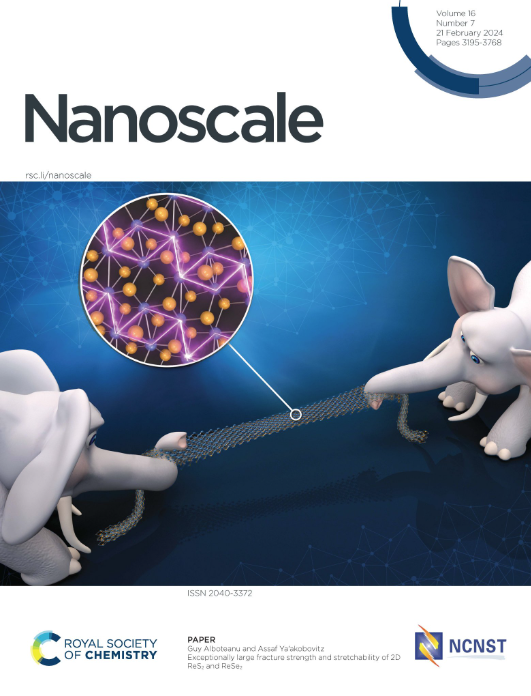The influences of reducing agents on the structure-activity relationships between oxygen vacancy and Au sites for CO preferential oxidation
IF 5.8
3区 材料科学
Q1 CHEMISTRY, MULTIDISCIPLINARY
引用次数: 0
Abstract
Ceria (CeO2)-based gold (Au) catalysts exhibit remarkable catalytic performance for preferential oxidation of CO in H2-rich stream (CO-PROX), and their activity can be further enhanced by defect engineering and regulation of Au sites. Herein, oxygen vacancy (Ov) was constructed on CeO2 by different reducing agents including H2, NaBH4 and ascorbic acid, to modulate the electronic structure and coordination environment of Au sites. The properties of Ov and Au species were investigated by a series of characterizations such as electron paramagnetic resonance (EPR), electrochemical impedance spectroscopy (EIS) and X-ray photoelectron spectroscopy (XPS). The results of catalytic tests for CO-PROX showed that the sample reduced by H2 at 400 ℃ (Au/CeO2-H2-400) achieved the best performance, which completely converted CO across a wide temperature window, ranging from 70 ℃ to 150 ℃, while maintaining satisfactory selectivity and stability. The superior performance was attributed to the fact that, unlike ascorbic acid and NaBH4, H2 was a small molecule with negligible steric hindrance, leading to more concentrated distribution of Ov. These vacancies promoted the formation of partially oxidized Au+ with moderate Au−O coordination number, which enhanced CO adsorption and facilitated the activation of lattice oxygen, thereby contributing to the exceptional catalytic activity.求助全文
约1分钟内获得全文
求助全文
来源期刊

Nanoscale
CHEMISTRY, MULTIDISCIPLINARY-NANOSCIENCE & NANOTECHNOLOGY
CiteScore
12.10
自引率
3.00%
发文量
1628
审稿时长
1.6 months
期刊介绍:
Nanoscale is a high-impact international journal, publishing high-quality research across nanoscience and nanotechnology. Nanoscale publishes a full mix of research articles on experimental and theoretical work, including reviews, communications, and full papers.Highly interdisciplinary, this journal appeals to scientists, researchers and professionals interested in nanoscience and nanotechnology, quantum materials and quantum technology, including the areas of physics, chemistry, biology, medicine, materials, energy/environment, information technology, detection science, healthcare and drug discovery, and electronics.
 求助内容:
求助内容: 应助结果提醒方式:
应助结果提醒方式:


